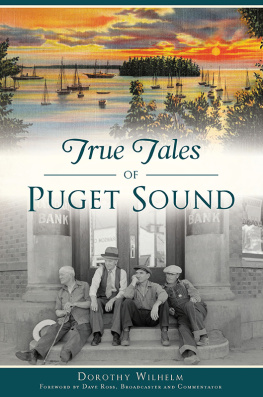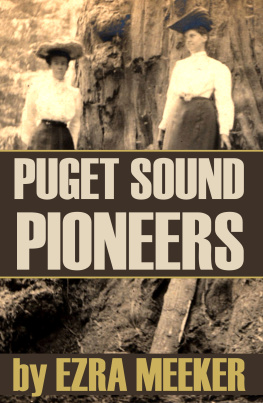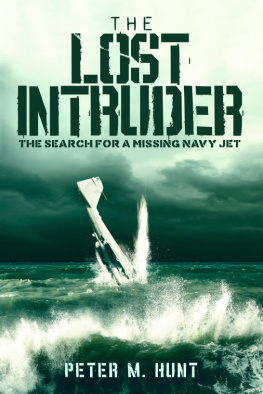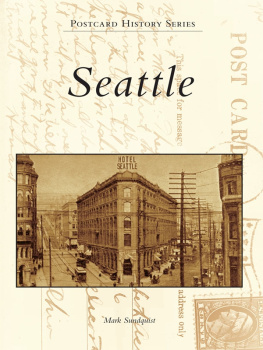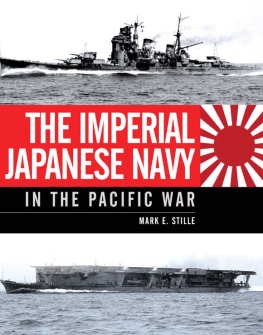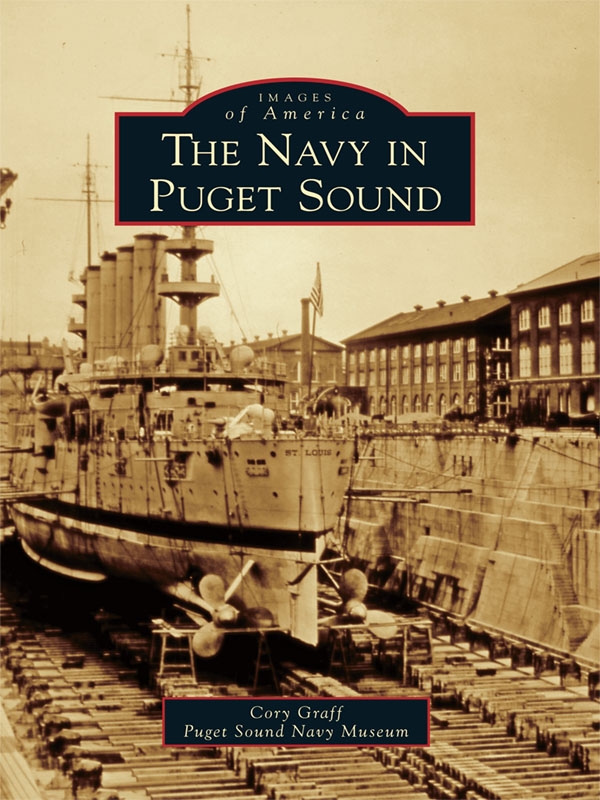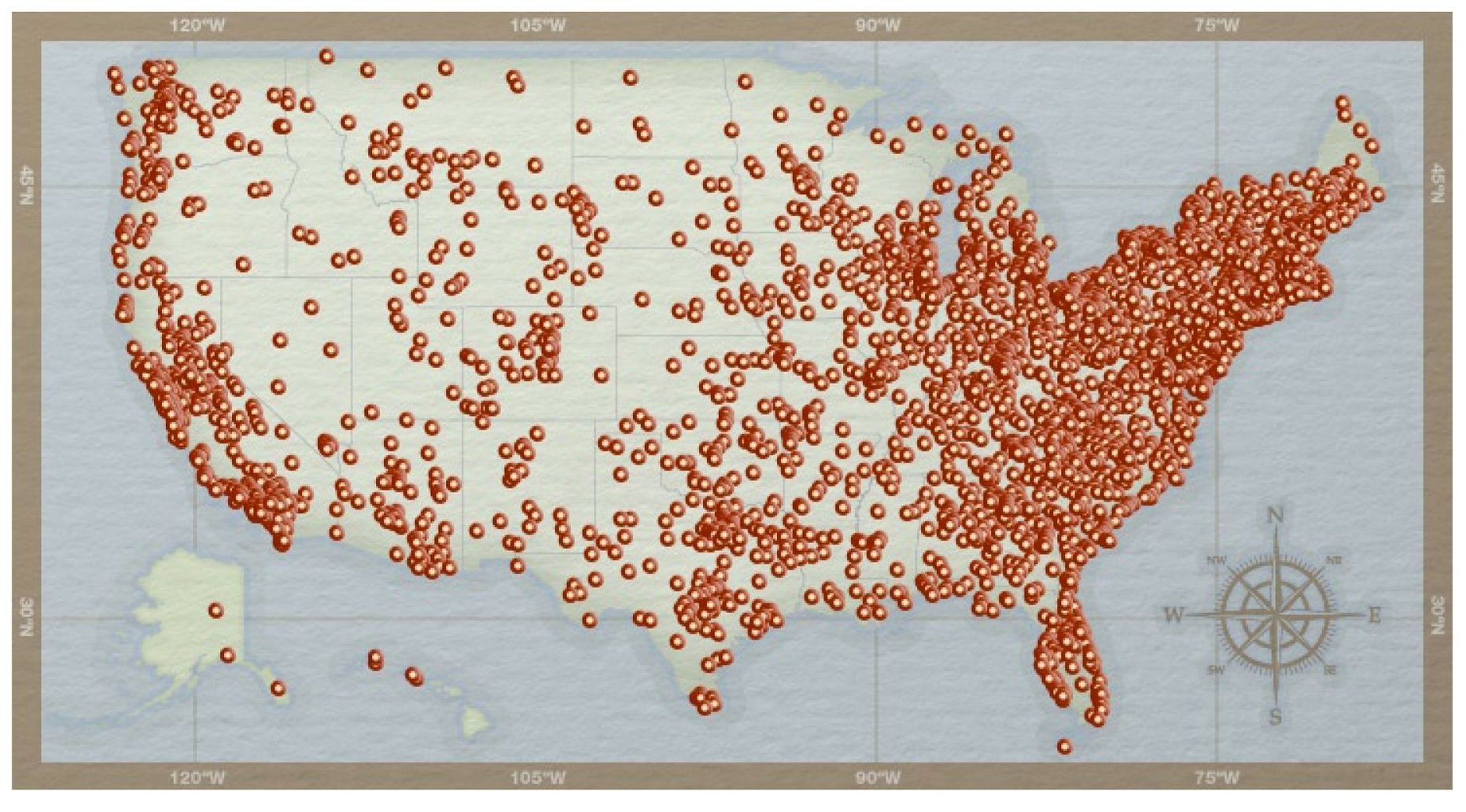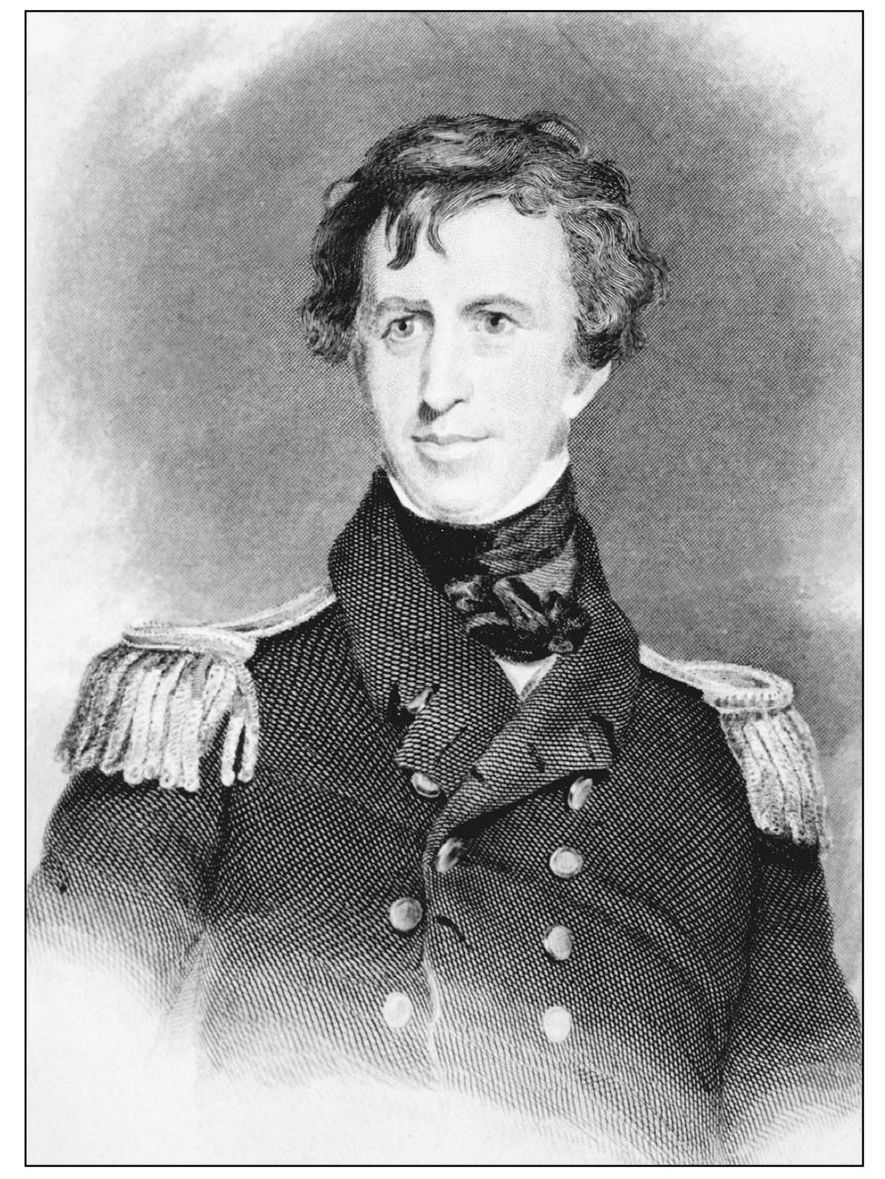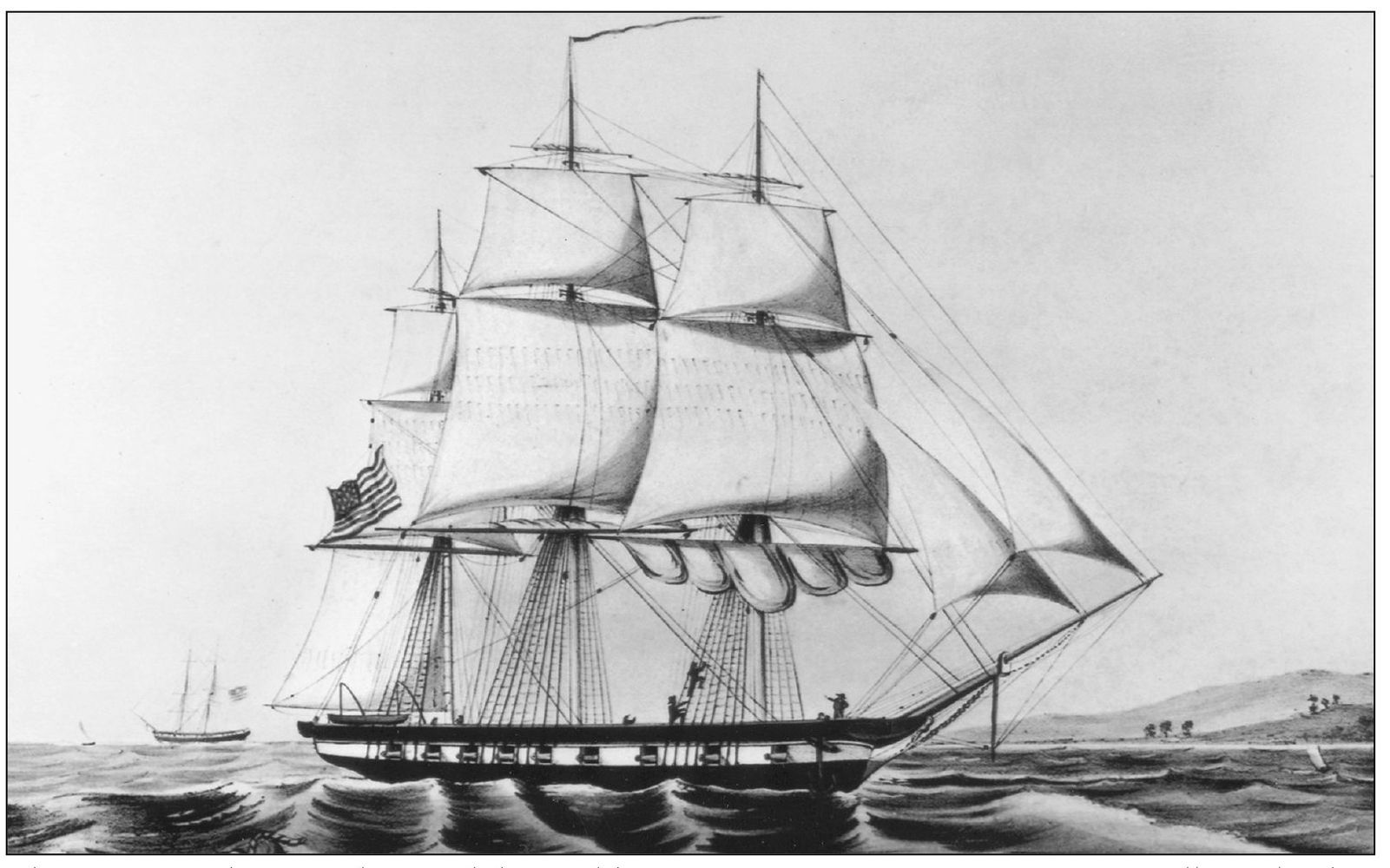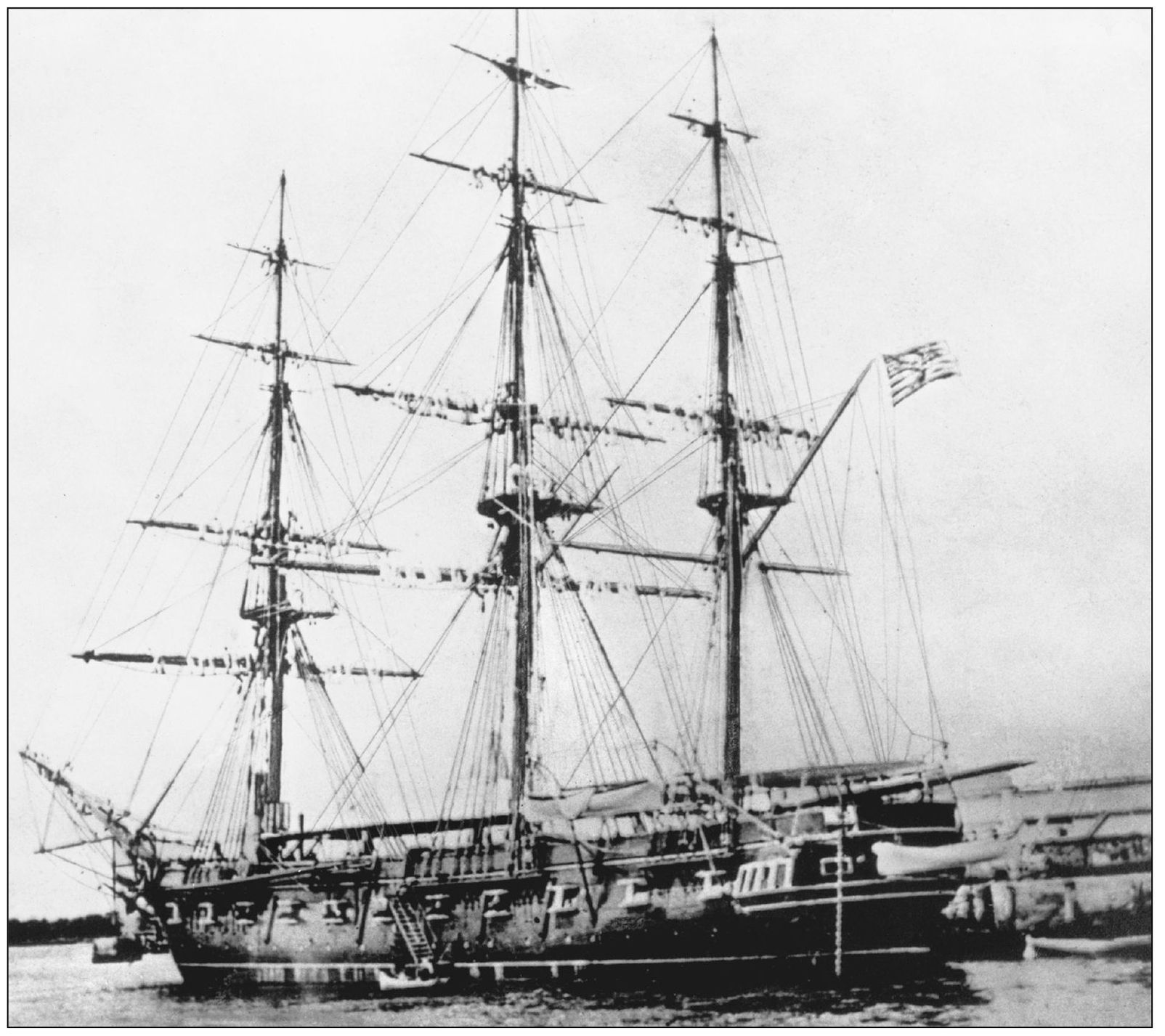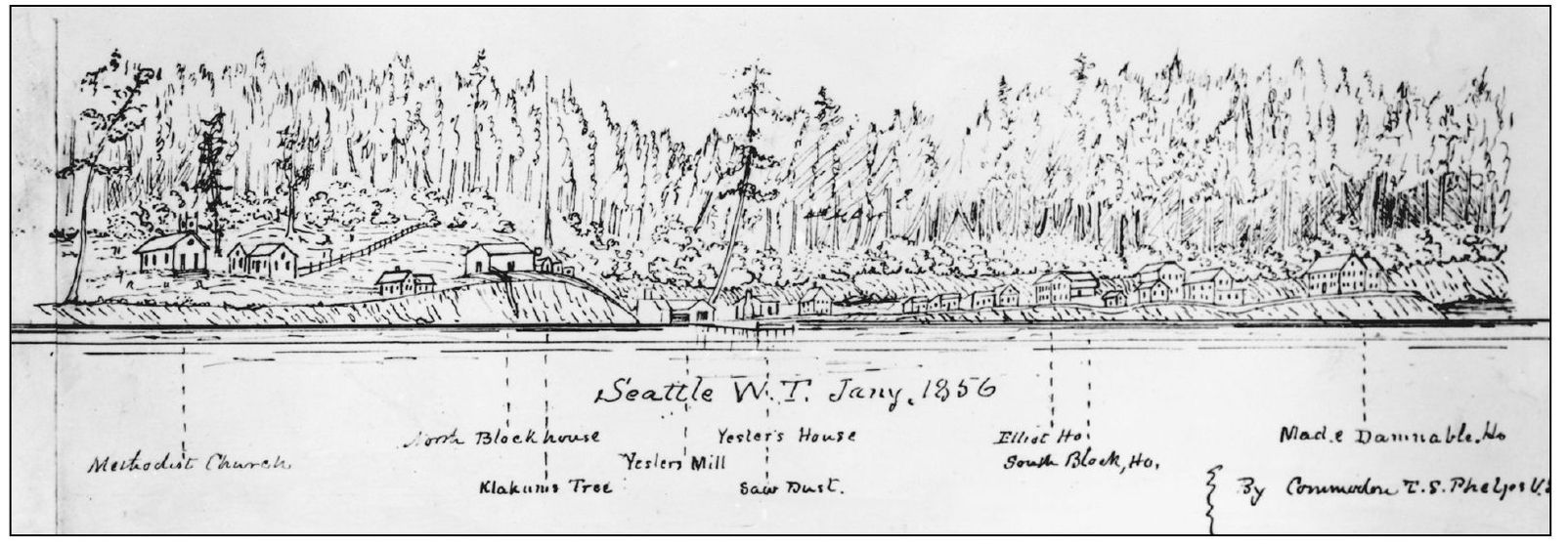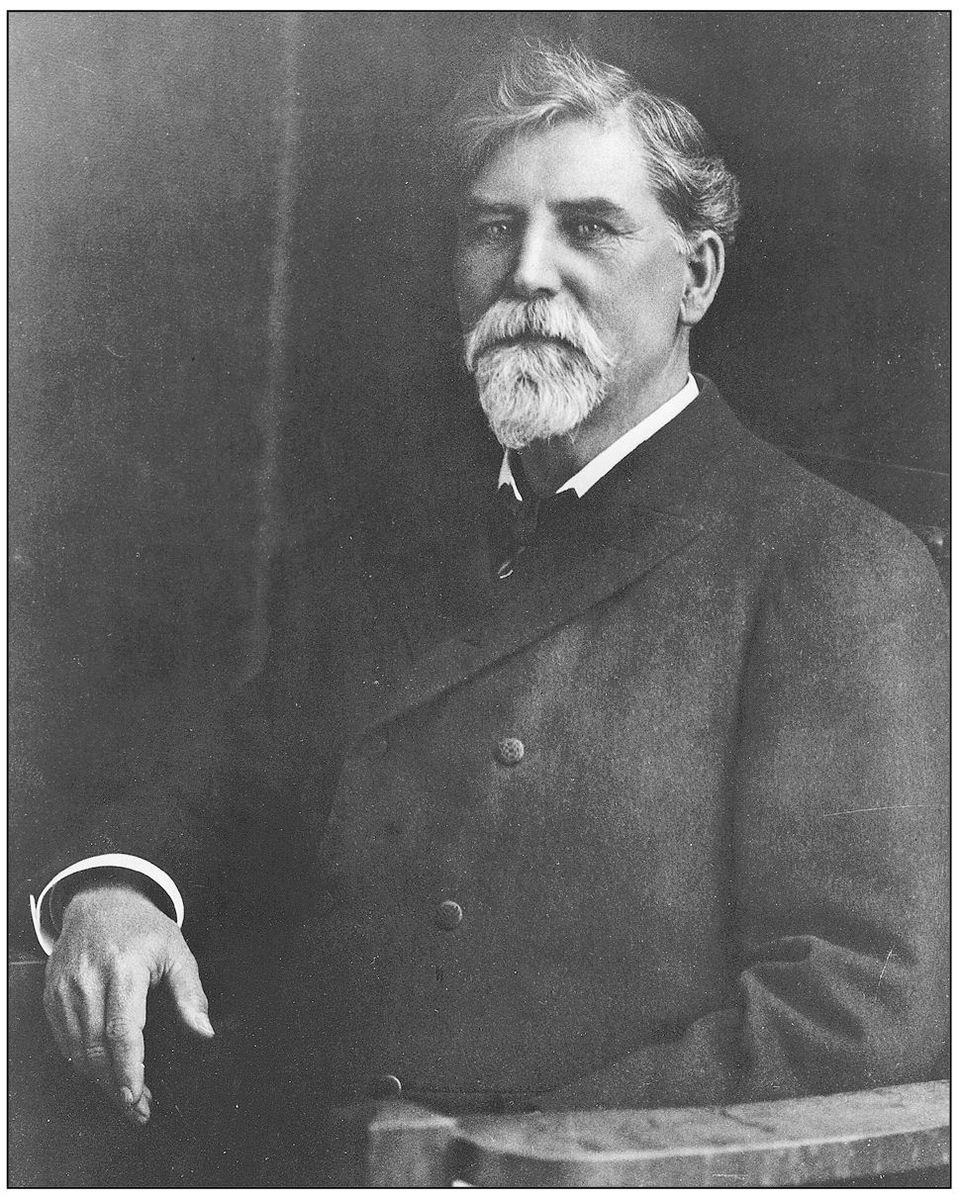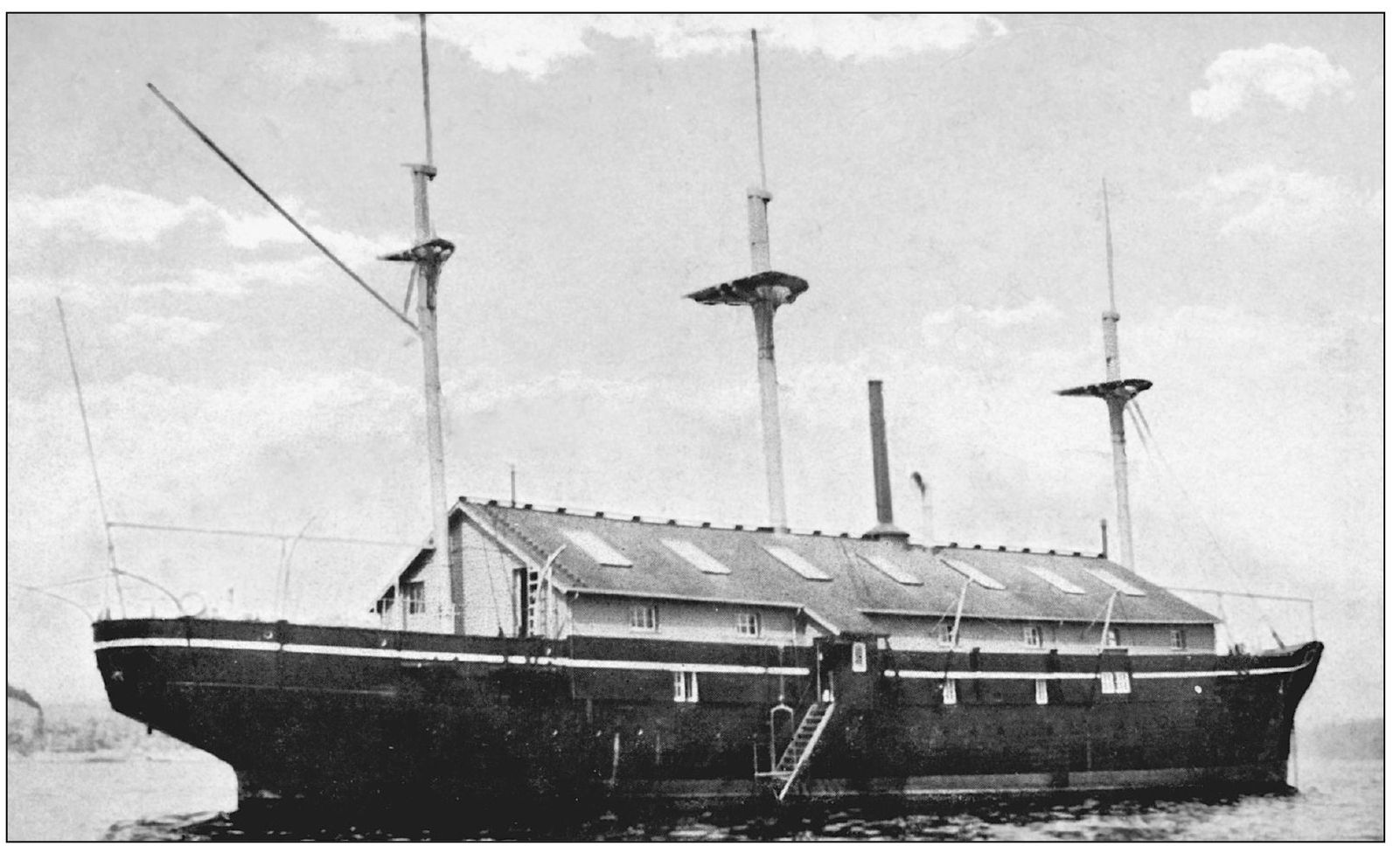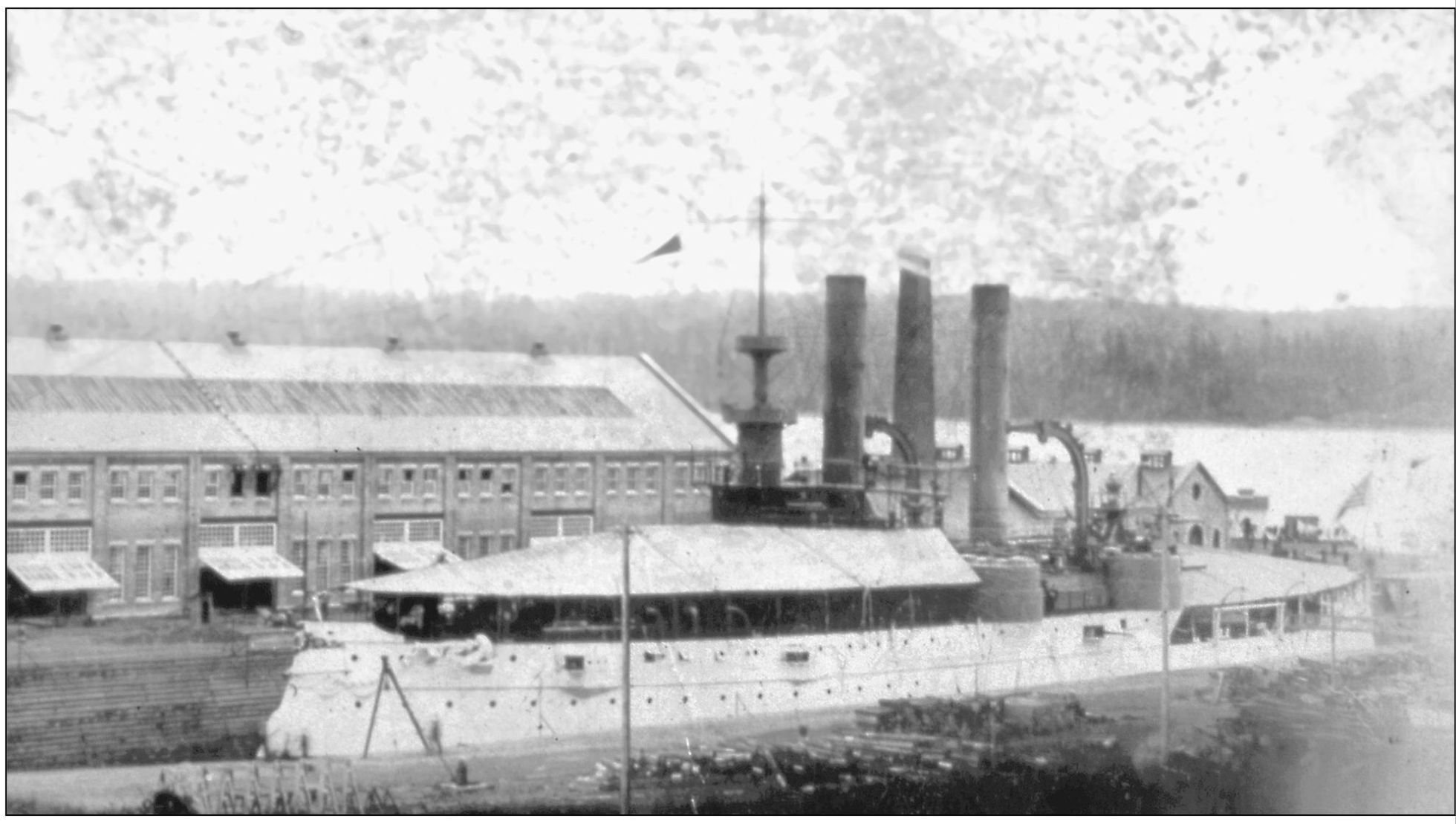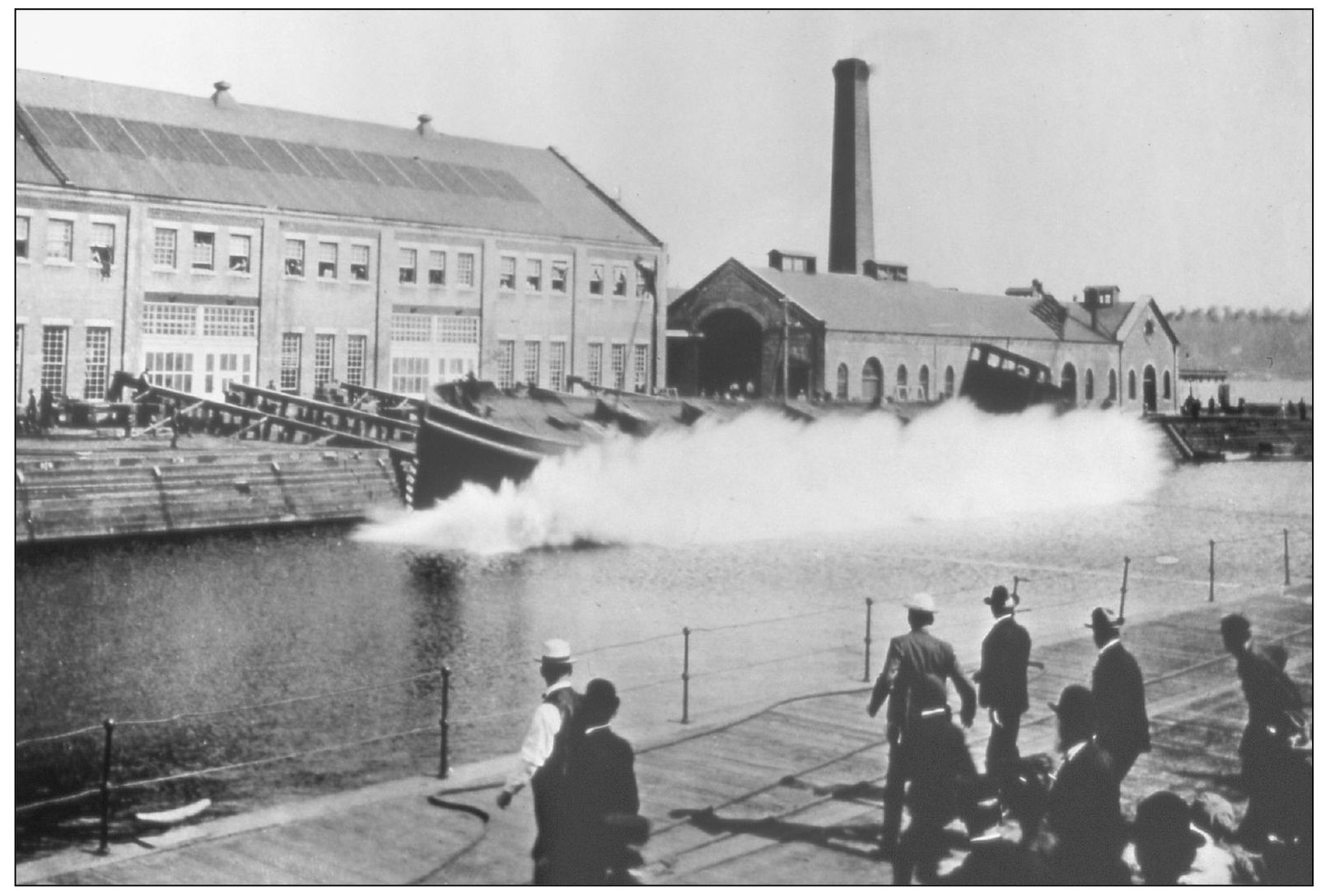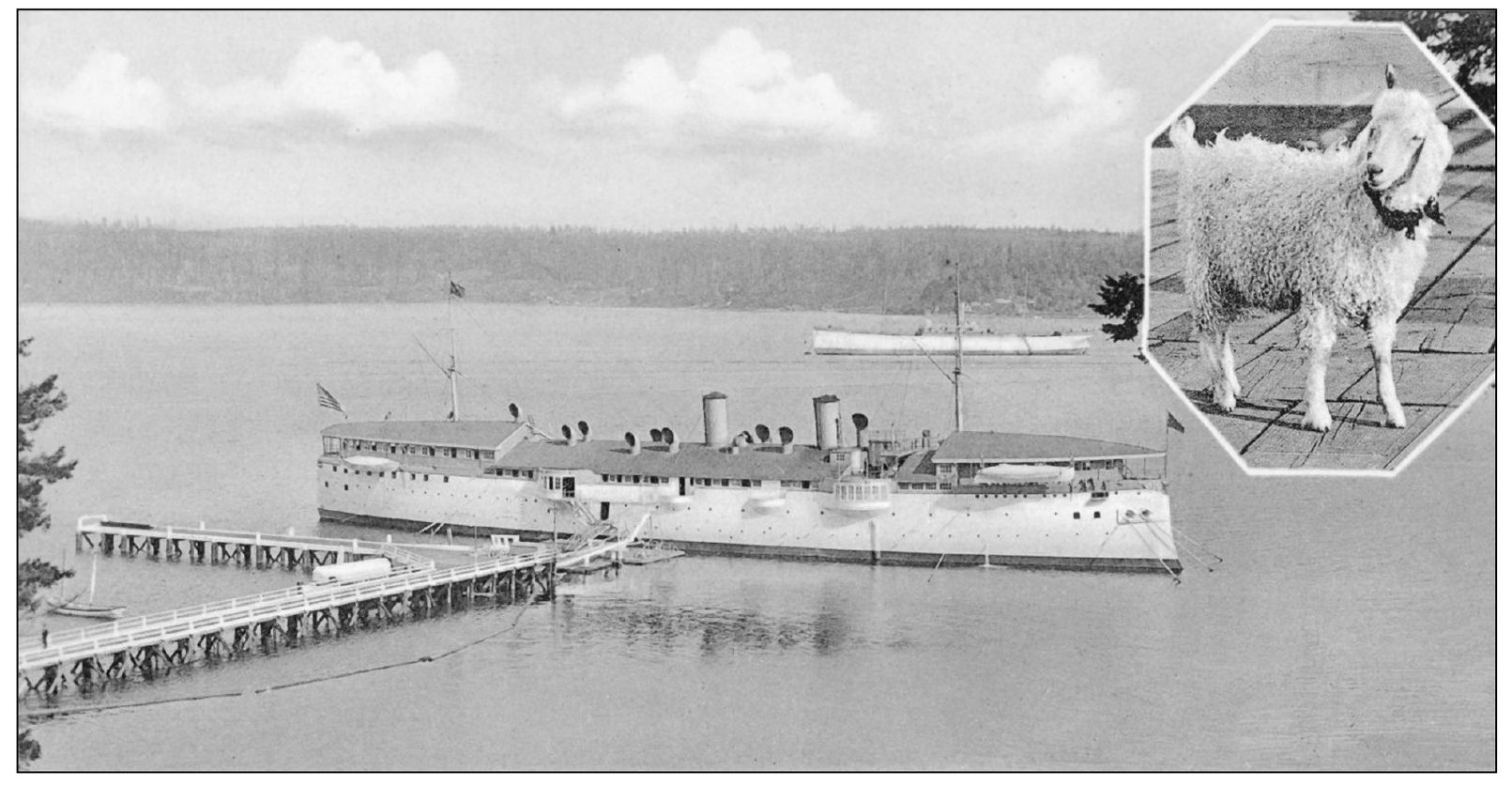One
BEAUTIFUL WATERS
This 1891 birds-eye-view map, printed by a Seattle lithography company, shows nearly every twist and turn in the complex topography of Puget Sound. With the sounds multitude of wondrously deep-water inlets and bays, it was only a matter of time before the U.S. Navy established a strong and enduring presence in what this mapmaker dubbed The American Mediterranean. (Authors collection.)
The first American exploration of Puget Sound was led by U.S. Naval officer Charles Wilkes in 1841. The United States Exploring Expedition had traversed great expanses of the Pacific and the seas surrounding Antarctica before investigating the West Coast of the United States nearly three years into the voyage. Wilkes wrote of Puget Sound, Nothing can exceed the beauty of these waters and their safety. Not a shoal exists ... that can in any way interrupt their navigation by a 74-gun ship. I venture nothing in saying there is no country in the world that possesses waters equal to these. (Authors collection.)
The first navy ship to sail around the world, USS Vincennes went on to serve as Wilkess flagship during the United States Exploring Expedition. In the summer of 1841, the 18-gun sloop of war entered Puget Sound and assisted in extensive surveysthe first conducted by the U.S. Navy. The explorations took place nearly a half-century after a British Royal Navy expedition, led by George Vancouver. (Naval History and Heritage Command.)
On January 26, 1856, the U.S. Navy sloop of war Decatur fired at a band of attacking Native Americans led by Chief Leschi. The exploding cannon balls, which killed an unknown (but small) number of the natives, kept the tiny settlement of Seattle from being overrun and its white residents massacred in what would become known as the Battle of Seattle. This image of the Decatur or its sister ship was taken years later. (Museum of History and Industry.)
As USS Decatur prepared to defend Seattle, a naval officer, T. S. Phelps, made this sketch of the fledgling village from the deck of the ship. A far cry from the large city it would one day become, the tiny enclave was surrounded by trees and centered around Henry Yeslers sawmill. (Museum of History and Industry.)
In 1877, navy lieutenant Ambrose Barkley Wyckoff was tasked with surveying Puget Sound. Soon afterwards, he began to lobby in Washington, D.C. for the establishment of a shipyard in the sheltered waters of what would become Washington State. In 1891, Wyckoff returned with money from Congress to select a spot for the navy yard. He paid $9,587.25 for slightly over 190 acres near Point Turner on Sinclair Inlet. (Puget Sound Navy Museum.)
The storm-battered USS Nipsic carried out its final days at Puget Sound Naval Station. Sailors built a roof over the sailing ships weakened hull and used the vessel as a receiving ship and floating prison. Whether Nipsic held new recruits or salty troublemakers, sentries posted at the gangways could easily discourage escape. The ship was sold in 1913 and converted into a barge by its civilian owners. (Authors collection.)
The navy viewed Puget Sound as an ideal place for its big ships. Miles of sheltered waterways with deep-water access allowed for the best ports north of the Bay Area. This image, taken in June 1899, shows the battleship USS Iowa (BB-4) in the first dry dock built near the growing city of Bremerton. The long narrow basin could be pumped free of seawater, creating a platform for maintenance, repair, and even construction of large oceangoing vessels. (Puget Sound Navy Museum.)
Puget Sound Navy Yard (PSNY) later became the birthplace of submarines, destroyer escorts, and even a heavy cruiser. But the first vessel built in the yard was much more modest. A navy water barge, launched in 1904, was the first major project completed at the navy base. Here the barge is side launched into the full dry dock basin on May 26, 1904. (National Archives/U.S. Navy.)
USS Philadelphia (C-4) had been a flagship in both the Atlantic and Pacific, carrying admirals and steaming across the worlds oceans. The protected cruiser was ordered to Bremerton in 1902, just 12 short years after it was commissioned. Philadelphia went the way of the Nipsic becoming Puget Sound Navy Yards training and prison ship. The vessels crew wrangled an unusual mascot, a goat named Teddy, who often wandered the Philadelphias covered decks. (Authors collection.)




